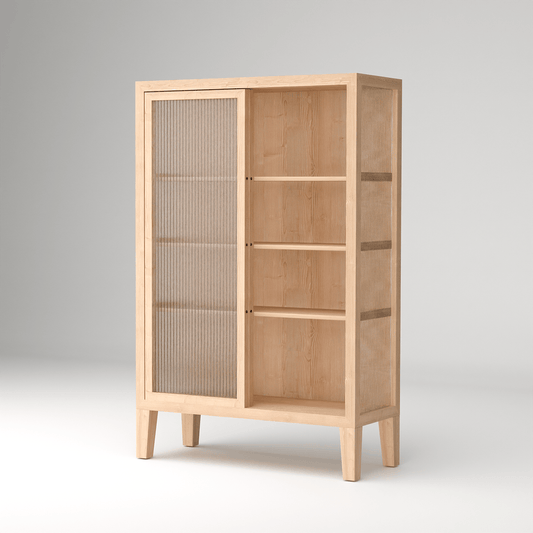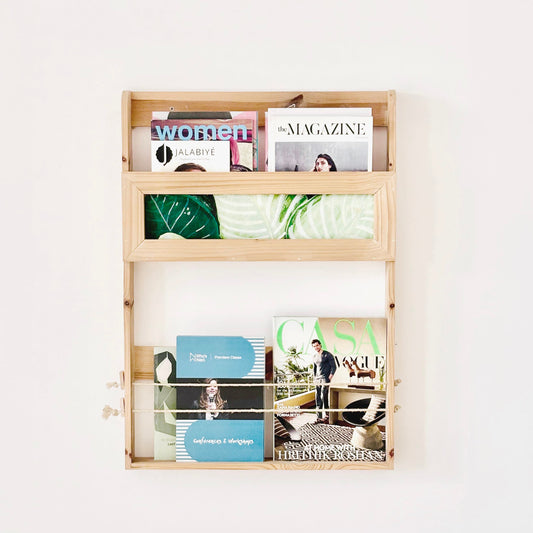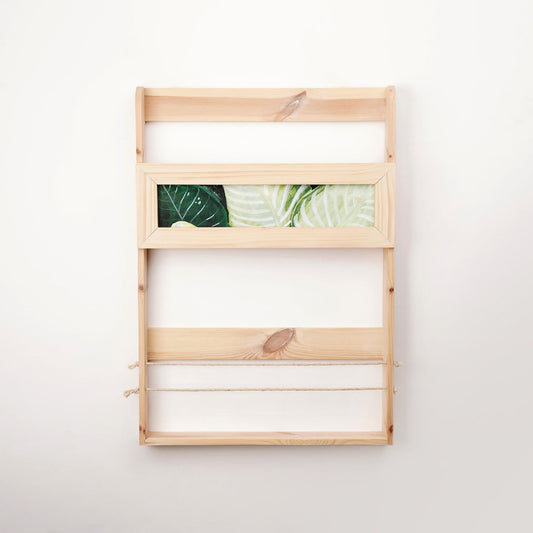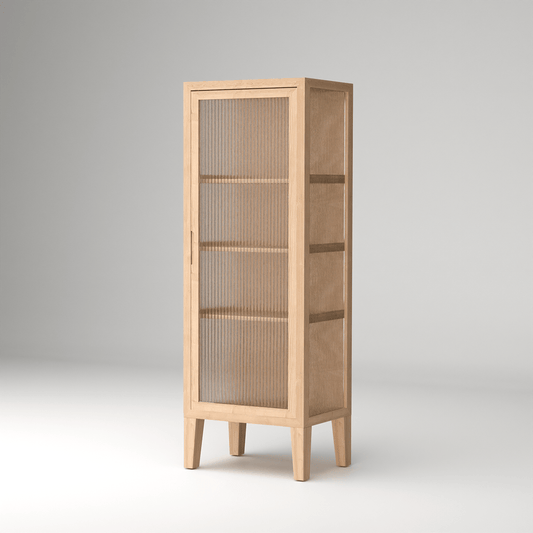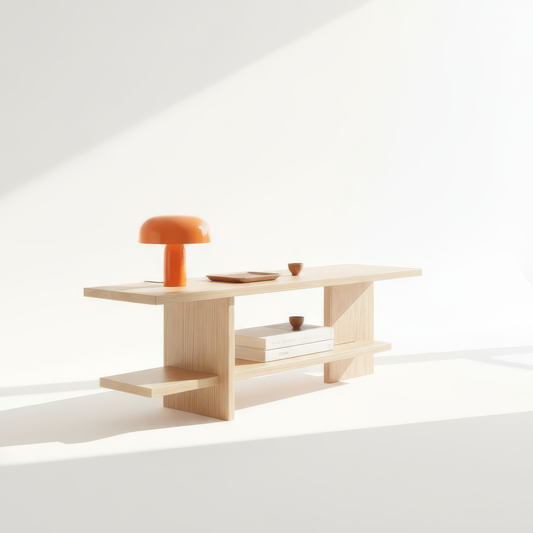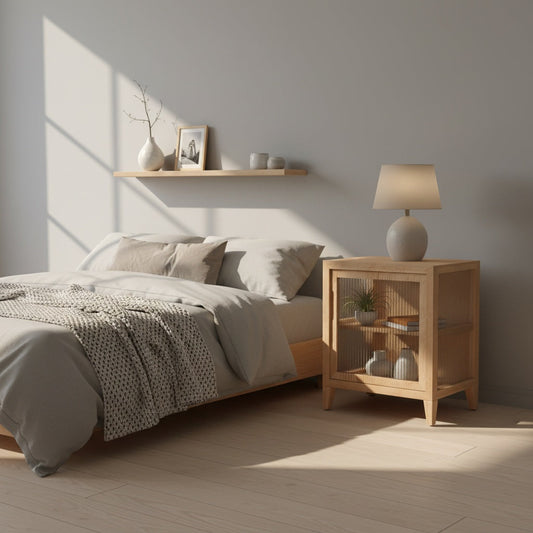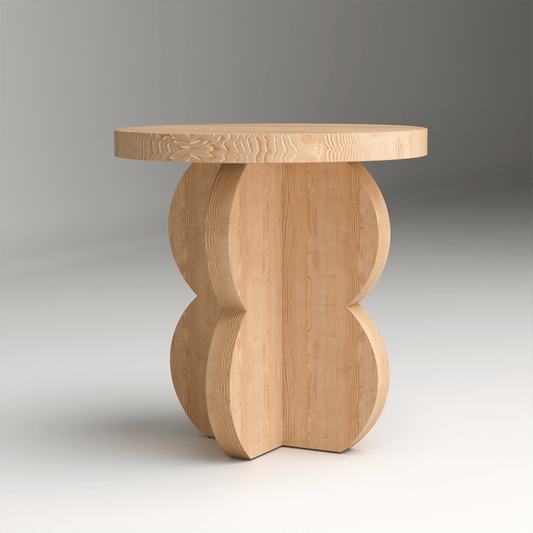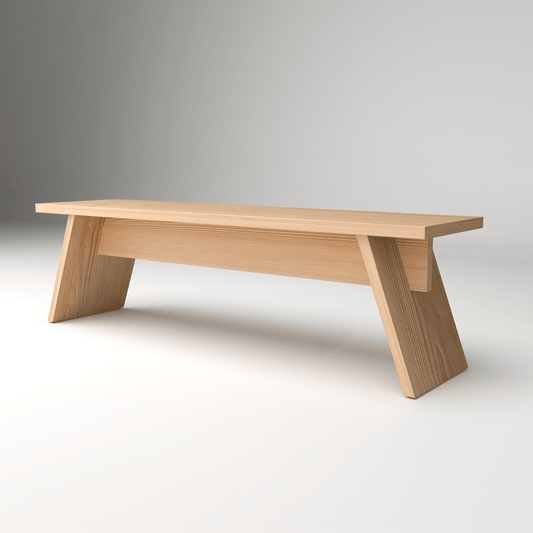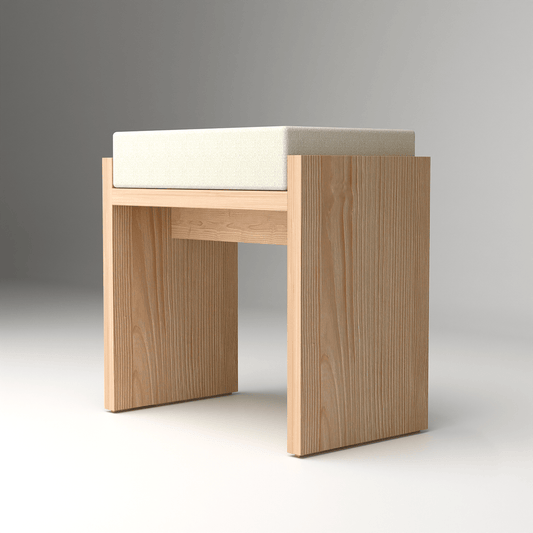The beauty of modular storage lies in its adaptability. Unlike traditional furniture that serves a fixed purpose, modular systems grow and evolve with your changing needs, making them the perfect solution for dynamic modern lifestyles. These flexible storage solutions allow homeowners to create customized organization systems that can be reconfigured, expanded, or completely reimagined as life circumstances change.
Understanding Modular Design Philosophy
Flexibility as Foundation
Modular storage systems are built on the principle that no two homes are identical, and no family's storage needs remain static. By creating individual components that work together in multiple configurations, these systems provide unprecedented flexibility in home organization.
Scalable Solutions
Start Small: Begin with basic components and expand over time Grow Gradually: Add pieces as needs develop and budgets allow Adapt Continuously: Reconfigure existing pieces for new requirements Invest Wisely: Build a system that provides long-term value
Core Components of Modular Systems
Basic Building Blocks
Cube Units: Square storage components that stack and arrange in multiple ways Rectangular Modules:Longer pieces that provide horizontal storage options Corner Units: Specialized pieces that maximize awkward spaces Connector Elements: Hardware and accessories that join modules seamlessly
Specialized Additions
Drawer Inserts: Internal organization for loose items Shelf Dividers: Vertical separation within modules Door Panels: Enclosed storage options for visual cleanliness Lighting Elements: Integrated illumination for display areas
Room-Specific Modular Applications
Living Room Configurations
Entertainment Centers: Modular units arranged to accommodate varying technology sizes Book Display Systems: Adjustable shelving for growing libraries Toy Storage Solutions: Child-friendly modules that adapt as children grow Seasonal Decoration Storage: Flexible systems for rotating displays
The Nordic Fluted Glass Cabinet in Pinewood at ₹37,900 to ₹47,000 represents modular thinking in traditional furniture, offering adjustable shelving within its elegant frame that can be reconfigured to accommodate different storage needs while maintaining its sophisticated Scandinavian aesthetic.
Bedroom Organization
Wardrobe Systems: Modular closet components that adapt to clothing collections Bedside Solutions:Stackable nightstand elements for varying storage needs Under-Bed Storage: Modular drawer systems that maximize bedroom space Dressing Area Organization: Flexible systems for personal care items
Kitchen and Pantry Systems
Pantry Organization: Modular shelving that adjusts to food storage needs Cabinet Maximizers: Internal systems that double existing storage capacity Appliance Storage: Flexible solutions for changing kitchen equipment Cleaning Supply Organization: Safe, accessible storage for household chemicals
Home Office Flexibility
Desk Organization: Modular systems that adapt to different work styles File Storage: Expandable systems for growing document collections Supply Management: Flexible organization for office materials Technology Storage: Adaptable solutions for evolving electronic needs
Design Principles for Modular Success
Visual Cohesion
Consistent Materials: All modules using similar finishes and construction Proportional Harmony:Components that work together aesthetically Color Coordination: Unified palette across all system elements Style Integration: Modules that complement existing home decor
Functional Integration
Easy Reconfiguration: Systems that can be changed without tools Stable Connections: Secure joining methods that ensure safety Weight Distribution: Proper support for heavily loaded modules Access Optimization: Configurations that maintain easy item retrieval
Material Considerations for Modular Systems
Durability Requirements
High-Quality Construction: Materials that withstand repeated reconfiguration Reinforced Connections:Joint systems that maintain strength over time Wear-Resistant Finishes: Surfaces that look good despite frequent handling Structural Integrity: Components that maintain stability in various arrangements
Aesthetic Longevity
Timeless Design: Styles that won't become outdated quickly Natural Materials: Wood and other materials that age gracefully Neutral Colors: Finishes that work with changing decor preferences Quality Hardware:Connection systems that remain attractive and functional
Planning Your Modular System
Needs Assessment
Current Requirements: Understanding immediate storage challenges Future Planning: Anticipating changing needs over time Space Evaluation: Measuring available areas accurately Budget Considerations:Planning purchases over manageable timeframes
Configuration Strategy
Traffic Flow: Ensuring modules don't impede movement through spaces Visual Balance: Creating arrangements that are pleasing to the eye Functional Zones: Grouping related storage needs together Growth Planning: Leaving space for future additions
Installation and Setup
Professional vs. DIY
Complex Systems: When to hire professional installers Simple Configurations: Modules suitable for homeowner setup Tool Requirements: Equipment needed for different installation types Safety Considerations: Ensuring secure mounting and stability
Setup Best Practices
Foundation Preparation: Ensuring level, stable surfaces for modules Sequential Assembly: Logical order for building modular systems Quality Checking: Testing stability and function at each stage Final Adjustments: Fine-tuning for optimal performance
Maintenance and Evolution
System Care
Regular Cleaning: Maintaining both modules and contents Hardware Inspection: Checking connections for wear and looseness Load Management: Avoiding overloading individual components Preventive Maintenance: Addressing small issues before they become major problems
System Evolution
Periodic Reassessment: Evaluating whether current configuration meets needs Reconfiguration Planning:Systematic approach to changing arrangements Addition Integration: Seamlessly incorporating new modules Retirement Planning: Removing modules that are no longer needed
Technology Integration
Smart Modular Systems
Electronic Connections: Modules with integrated power and data Lighting Systems: LED strips and spotlights built into components Sensor Integration: Modules that respond to presence or touch App Control: Digital management of smart modular systems
Future Innovations
Automated Reconfiguration: Modules that can change arrangement electronically AI Optimization:Systems that suggest optimal configurations Sustainable Technology: Eco-friendly power sources for smart features Biometric Integration: Security features for valuable item storage
Budget-Friendly Modular Approaches
Starter Systems
Basic Components: Essential modules to begin organization Gradual Expansion: Adding pieces over time as budget allows Multi-Purpose Modules: Components that serve multiple functions Quality Priorities:Investing in key pieces that anchor the system
Cost-Effective Strategies
Bulk Purchasing: Buying multiple modules for better pricing Seasonal Sales: Timing purchases for maximum savings DIY Integration: Combining ready-made modules with custom elements Shared Systems: Coordinating purchases with neighbors or friends
Cultural Adaptations for Indian Homes
Traditional Storage Needs
Seasonal Clothing: Modular systems for extensive wardrobe management Festival Items: Flexible storage for celebration-specific materials Extended Family: Adaptable systems for varying household sizes Cultural Artifacts: Secure, flexible display and storage for meaningful items
Modern Lifestyle Integration
Work-from-Home: Modular office storage in living spaces Entertainment Systems: Flexible storage for modern technology Fitness Equipment: Adaptable storage for health and wellness items Hobby Supplies:Flexible organization for creative pursuits
The Minimalist Magazine Rack at ₹20,500 embodies modular thinking in its design, offering multiple display and storage options that can be utilized differently based on changing needs and preferences.
Environmental Benefits of Modular Systems
Sustainability Advantages
Reduced Waste: Systems that adapt rather than require replacement Longevity Focus: Durable construction that lasts decades Material Efficiency: Optimal use of resources in manufacturing End-of-Life Planning: Components designed for recycling or repurposing
Eco-Friendly Materials
Sustainable Wood: Responsibly sourced timber for construction Low-Impact Finishes: Environmentally friendly surface treatments Recyclable Hardware: Connection systems made from recyclable materials Local Manufacturing: Reduced transportation environmental impact
Professional Design Services
Consultation Benefits
Space Optimization: Professional assessment of modular potential Custom Solutions: Tailored designs for specific requirements Integration Planning: Coordinating modules with existing furniture Long-Term Strategy: Planning for future expansion and evolution
Implementation Support
Installation Services: Professional setup of complex modular systems Training Programs: Education on optimal use and reconfiguration Maintenance Support: Ongoing care and adjustment services Upgrade Planning: Strategic addition of new components over time
Maximizing Modular Potential
Modular storage systems represent the future of home organization, offering unprecedented flexibility and adaptability for modern living. By choosing components that work together harmoniously while maintaining individual functionality, homeowners can create storage solutions that truly grow with their lives.
The key to modular success lies in thoughtful planning, quality component selection, and understanding that the best storage system is one that can change as your needs evolve. Whether you start with a single module or plan a comprehensive system from the beginning, modular storage offers the flexibility to create exactly the organization solution your home requires, today and in the future.



